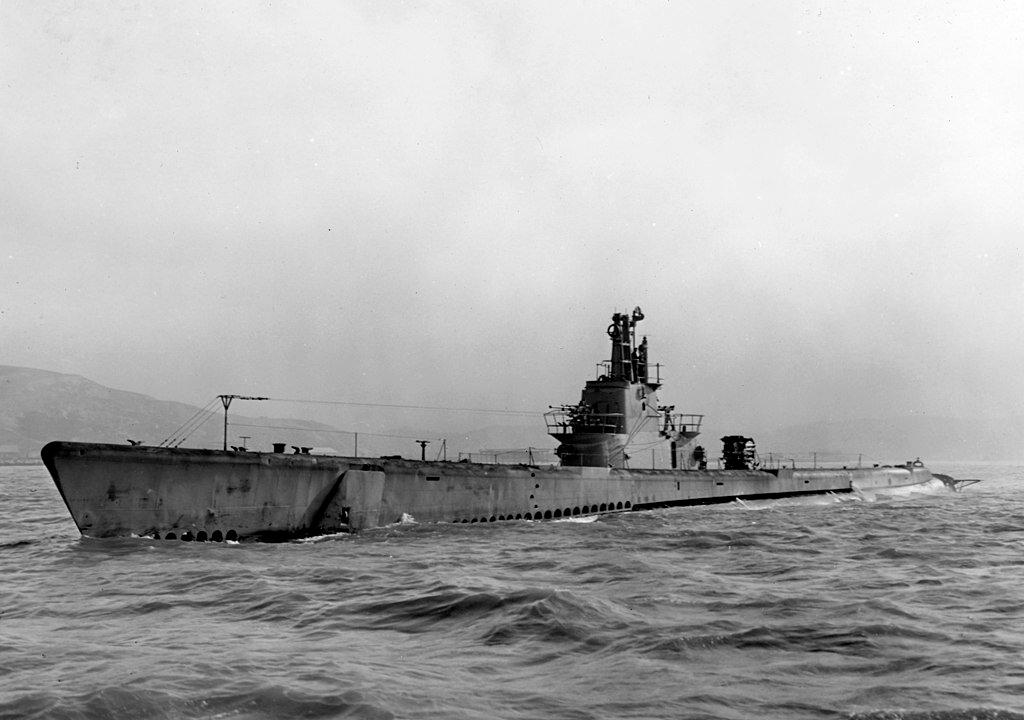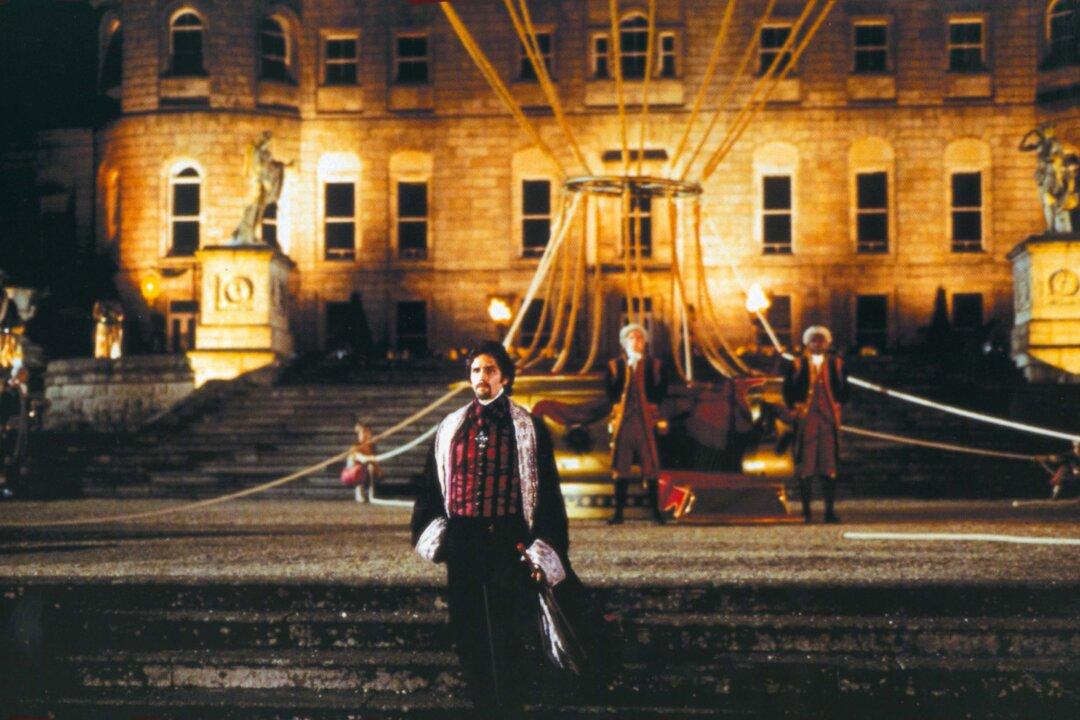During World War II, the commander and crew of the submarine USS Barb sank more sheer tonnage of Japanese vessels than any other American submarine. They also pioneered new tactics and used weapons never before employed by submarines.
The history of the Barb’s success began in April 1944, when Eugene “Lucky” Fluckey was assigned to the command. The vessel had seen seven war patrols up to this point, in both Atlantic and Pacific theaters, with little distinction.





